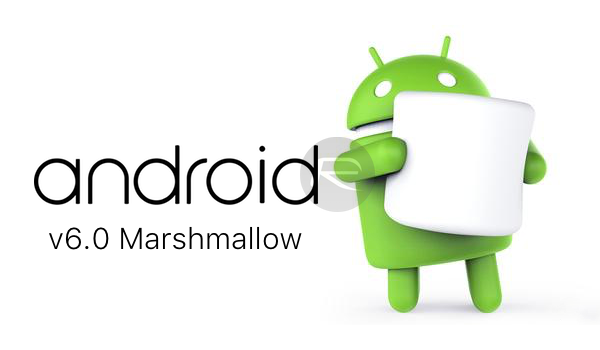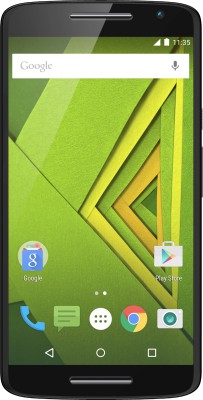Android marshmallow 6.0 Top 6 features
so now we know it M=Marshmallow The newest version of Android, version 6.0 named Marshmallow, has been available for developers to preview for some time now, with a public release pegged for November 2015. There are a lot of improvements that Google is promising with Android Marshmallow, which give you more control over the phone and improve performance, while also providing new ways to interact with your device. Here are the 6 features from Android 6.0 Marshmallow that we are most excited about. 1) App permissions Application permissions have been completely overhauled in Android Marshmallow. Now you will be able to grant apps individual permissions to device functions, instead of the previous model of all or nothing. What this means is, if an app is trying to access your phones camera or microphone, the system would prompt you saying this app is trying to access camera/ microphone on your device and it will ask, "Would you like to allow this?" It's a big ch...


Comments
Post a Comment